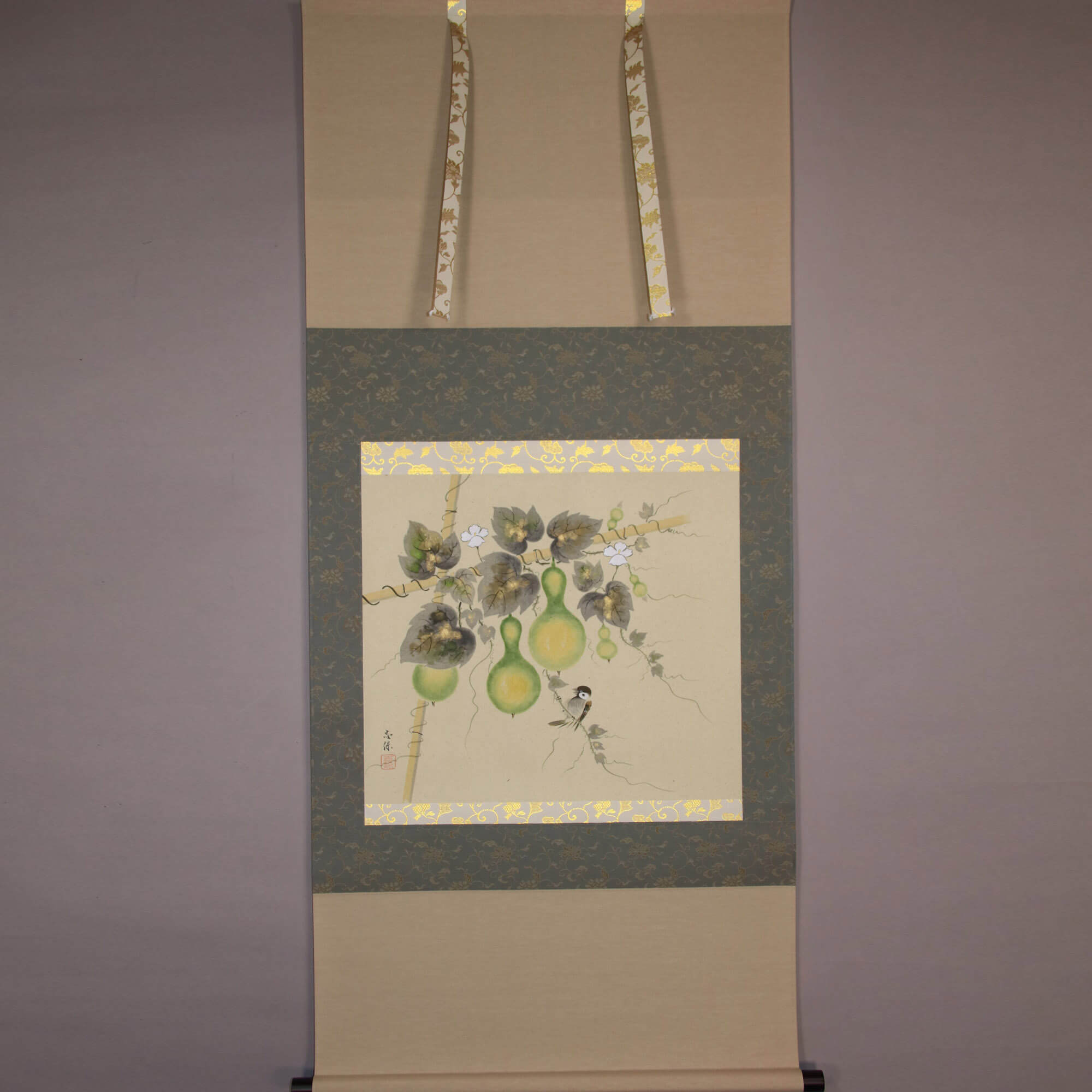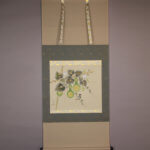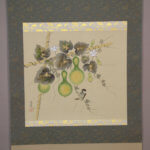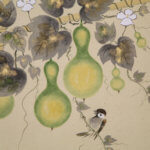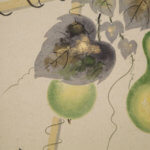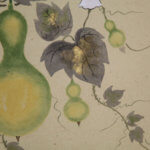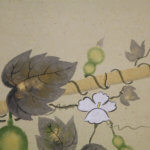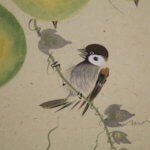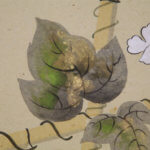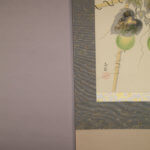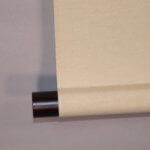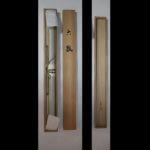Kakejiku Hanging Scroll: 6 Gourds / Nishio Shiho - Mubyō
- Product ID
- B0115
- Name
- Nishio Shiho
- Profile
A Japanese-style painter. In 1967, born in Gifu. Member of the Tōyō Bijutsukai.
- Size
- 690mm x 1430mm
- Roller End Material
Redsandalwood- Material of the Work
- Japanese paper
- Price
- JPY 45,000
- Stock Condition
- In stock
- Payment: Click the Paypal Mark
- Duty and Taxes
Import duty and taxes are beyond our control and may apply to your shipment. Please noted that these fees are the responsibility of the buyer.
- Description
Nishio Shiho had drawn the colorful green gourds that have grown steadily. The leaves drawn in sumi ink are colored with gold, using the tarashikomi technique (a high-level technique of Japanese-style painting for attaining natural blur by making use of the difference in the specific gravity of pigments), and the expression makes you feel as if you are feeling the sunlight. You can feel the vitality of the gourds from the vines that are strongly and firmly entwined with the intersecting strut branches. The neat white flowers add a refreshing feeling.
The six gourds drawn on the painting can be read as “六瓢, mubyō”, and since they are familiar with the pronunciation of “無病息災, mubyōsokusai”, they have been drawn as an auspicious theme since ancient times. Furthermore, in this work, a sparrow is drawn with a gourd, and since the sparrow is considered to be a good bird that carries good fortune and eats bad things, it is said that this work is a secret auspicious painting praying for health and longevity and family safety. It is a work that you would want to decorate with a wish for your family’s health and well-being.

